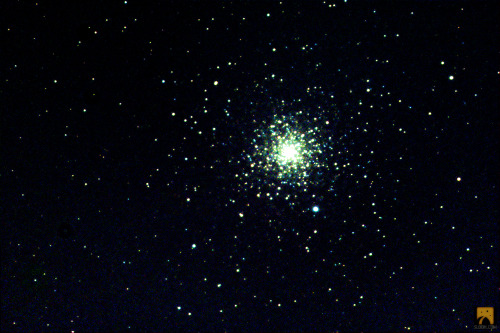#globular clusters
This is 47 Tucanae! ✨✨✨
Considered to be one of the most massive star clusters in the Milky Way, this globular cluster is theorized to hold a black hole and a neutron star. With a diameter of 120 light years, this star cluster is the same size as the Full Moon in our night sky!
Taken by me (Michelle Park) using the Slooh Chile One telescope on December 18th, 2021 at 2:17 UTC.
Post link
This is the False Cascade Nebula! ✨✨✨
Also known as Kemble’s Cascade, this asterism refers to a collection of 20 faint stars in a straight line over 5 moon diameters. You can easily identify this asterism in the night sky by identifying the W-shape of the Cassiopeia constellation and seeing where the left side points to!
Taken by me (Michelle Park) using the Slooh Canary Two telescope on February 20th, 2022 at 5:28 UTC.
Post link
This is the Great Peacock Globular!
This beautiful globular cluster is the 4th brightest star cluster in the night sky, being close to Earth at about 13,000 light years away. The presence of many blue stars and binaries are likely caused by the collision and merging of smaller stars!
Taken by me (Michelle Park) using the Slooh Canary Two telescope on January 21st, 2022 at 8:42 UTC.
Post link



